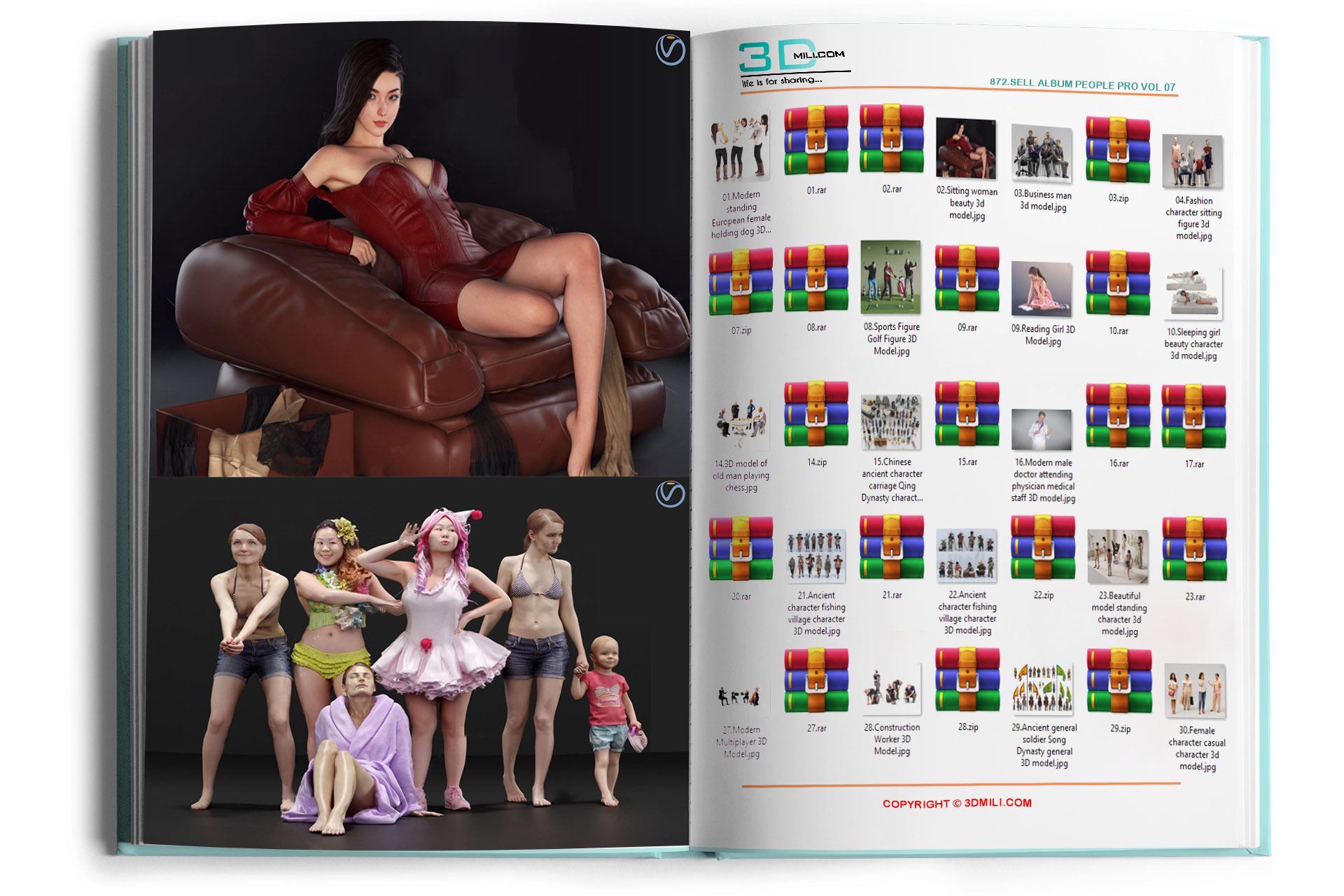## Living Room Interior 3ds Max File: A Free Download and Design Deep Dive
This comprehensive guide explores a free download of a 3ds Max living room interior file, delving into its design elements, potential uses, and the broader implications of utilizing pre-made models in your architectural visualization workflow. We'll examine the specifics of this particular model, discuss its strengths and weaknesses, and provide insights into how you can adapt and enhance it to fit your unique project needs.
Part 1: Unveiling the Free 3ds Max Living Room Model
The availability of free 3D models is a boon for aspiring and professional designers alike. It allows for experimentation, rapid prototyping, and the exploration of diverse design styles without significant upfront investment. This *free 3ds Max living room file* offers a valuable starting point, providing a foundation upon which you can build more elaborate scenes. Its utility extends beyond simple visualization; it can serve as a learning tool, allowing you to dissect the model's structure, understand material application techniques, and improve your overall 3ds Max proficiency.
However, it’s crucial to understand that "free" doesn't always equate to "perfect." Free models often come with limitations. These might include:
* Lower Poly Count: The model might have a *relatively low polygon count*, resulting in less detail and potentially hindering the rendering quality at close-up views. This is a trade-off often made to maintain file size and download speed.
* Simplified Textures: The *textures* might be simplified or lower resolution, lacking the richness and realism of professionally produced models. This can impact the overall visual appeal of the final render.
* Limited Customization Options: The *model's structure* may not be easily modified or adapted to significant changes in design. Certain elements might be merged or uneditable, restricting your ability to tailor the space to your specific requirements.
* Potential for Bugs: Occasionally, free models may contain *minor errors* or inconsistencies in geometry or UV mapping. Careful inspection and potential cleanup might be necessary.
Despite these potential drawbacks, the benefits of accessing this *free 3ds Max living room model* outweigh the challenges for many users. It provides a springboard for learning, experimentation, and rapid development of project visualizations.
Part 2: Analyzing the Living Room Design
Let's delve into the specific design aspects of this particular *living room interior*. (Note: Specific details will depend on the exact model being downloaded. This section provides a general framework for analysis).
The *overall style* might be contemporary, minimalist, traditional, or eclectic – it's crucial to identify the prevailing aesthetic. This understanding informs subsequent modifications and additions. Observe the following key design elements:
* Layout and Space Planning: Analyze the *arrangement of furniture*, the flow of traffic within the room, and the overall spatial organization. Is the layout efficient and comfortable? Does it create a sense of balance and proportion?
* Furniture Selection: Note the *types and styles of furniture* used. Are the pieces appropriately scaled and styled for the space? Do they complement each other and create a cohesive look?
* Color Palette and Materials: The *color scheme and choice of materials* significantly impact the mood and atmosphere of the room. Are the colors harmonious? Do the materials enhance the overall design?
* Lighting Design: Analyze the *lighting scheme*. Is there a mix of ambient, task, and accent lighting? Does the lighting effectively highlight key features and create a warm and inviting atmosphere?
* Decorative Elements: Note the inclusion of *decorative elements* like artwork, plants, and accessories. Do these elements enhance the overall design, or are they distracting or unnecessary?
By critically examining these elements, you can gain a better understanding of the design principles employed and identify areas for improvement or customization.
Part 3: Utilizing and Enhancing the 3ds Max Model
Once you've downloaded the *free 3ds Max living room file*, you can begin to utilize and enhance it. Here are some strategies:
* Material Editing: The *textures and materials* are likely a prime candidate for improvement. You can replace the existing materials with higher-resolution textures, experiment with different colors and finishes, and add more realistic details. Libraries like Poliigon and Substance Source offer extensive collections of high-quality textures.
* Model Modification: Depending on the model's structure, you might be able to make *modifications to the furniture layout*, add or remove elements, and adjust the overall dimensions of the space. Be mindful of the model's limitations and avoid complex modifications that might disrupt the overall geometry.
* Adding Detail: Enhance the realism by adding *more detailed elements*. This might include creating more realistic plant models, adding subtle imperfections to the surfaces, or incorporating intricate patterns into the textiles.
* Lighting Improvements: Refine the *lighting setup* to create a more atmospheric and realistic scene. Experiment with different light types, adjust the intensity and color temperature, and add shadows to create depth and visual interest.
* Rendering Enhancements: Optimize your *rendering settings* to achieve the desired level of realism and detail. Experiment with different renderers, adjust the sampling rates, and utilize post-processing techniques to enhance the final image.
Part 4: Beyond the Single Model: Expanding your 3D Design Skills
This *free 3ds Max living room model* provides a valuable starting point for your 3D modeling journey. However, don't limit yourself to just this single asset. Explore other free model resources and continue to develop your skills.
* Learning Resources: Utilize *online tutorials and courses* to deepen your understanding of 3ds Max and architectural visualization techniques.
* Community Engagement: Engage with the *3D modeling community* to learn from others, share your work, and gain feedback.
* Experimentation: Don't be afraid to *experiment* with different styles, techniques, and workflows. Practice regularly and push your creative boundaries.
* Software Mastery: Focus on mastering *3ds Max workflows*. Understand the power of modifiers, scene organization, and efficient material application.
By consistently practicing and engaging with the 3D community, you'll build a strong foundation for creating stunning and realistic visualizations. Remember that the process is iterative. Learning from each project, refining your techniques, and embracing challenges will ultimately lead to significant improvement in your design skills. This *free 3ds Max living room file* is simply the first step on a rewarding creative journey.






















































